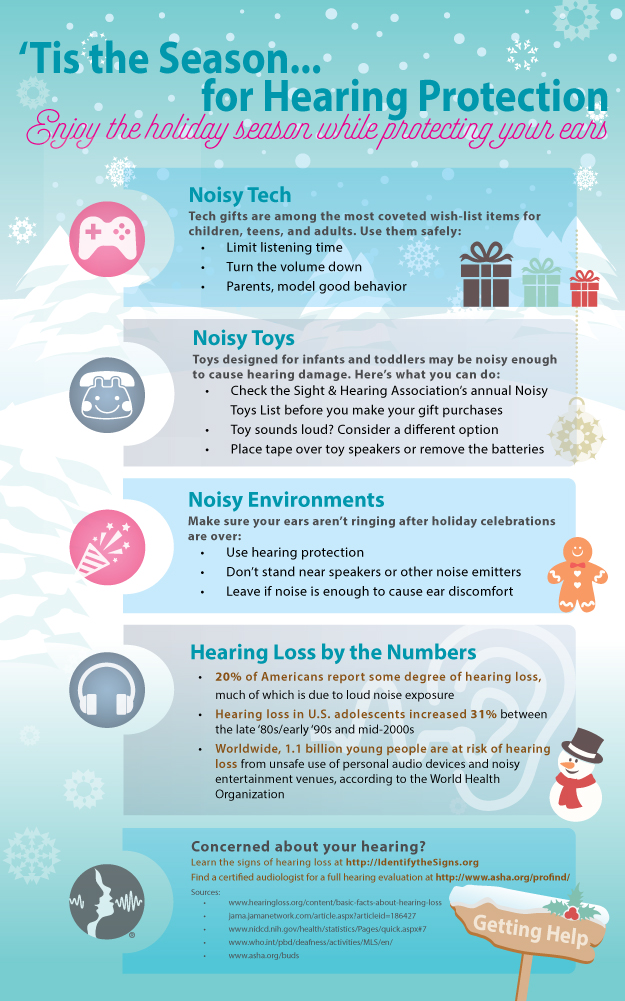Enhancing Discovering: Addressing Auditory Handling Issues In Dyslexia
Enhancing Discovering: Addressing Auditory Handling Issues In Dyslexia
Blog Article
Content By-Hu Mckenzie
When you consider the difficulties that dyslexic students face, it's clear that auditory processing concerns usually play a significant duty. You may wonder just how tailored techniques can bridge the gap between auditory instructions and understanding. By integrating visual help and breaking tasks into manageable actions, you might boost focus and understanding. Nonetheless, mouse click the next webpage don't stop there. What various other strategies can produce a really supportive understanding environment that fosters success and self-confidence?
Comprehending Dyslexia and Auditory Handling
Dyslexia affects about 1 in 5 individuals, making it one of the most typical learning disabilities. If you're browsing dyslexia, you may find that it does not simply effect analysis and writing; it can likewise affect just how you refine acoustic information.
Acoustic handling describes exactly how your brain interprets noises, including language. When you deal with this, it can cause obstacles in comprehending talked directions and adhering to conversations.
You could discover that you commonly misunderstand what you hear or that it takes longer for you to react in conversations. This isn't a reflection of your intelligence; it's a specific difficulty related to refining auditory signals.
Understanding this connection is crucial since it helps clarify why you may excel in visual jobs while dealing with obstacles in tasks that depend on acoustic comprehension.
Identifying these challenges can equip you. By recognizing the ins and outs of dyslexia and auditory handling, you can much better advocate for your needs, whether in educational settings or social situations.
visit the following post to recognize these issues so you can look for the best support and strategies in the future.
Effective Strategies for Assistance
Navigating the challenges of auditory handling can really feel overwhelming, but there work strategies that can help you flourish.
By applying these methods, you can boost your discovering experience and enhance your ability to procedure acoustic details.
- ** Use visual help **: Pairing acoustic guidelines with visual assistances, like graphes or diagrams, can considerably improve comprehension.
- ** Break tasks right into smaller sized actions **: Simplifying instructions into workable chunks allows you to focus and process info more effectively.
- ** Practice active listening **: Take part in workouts that urge you to listen diligently, such as summarizing what you have actually heard or asking inquiries for information.
- ** Include innovation **: Utilize apps or software program developed to aid with auditory processing, such as speech-to-text devices or audiobooks, to enhance understanding.
Creating Encouraging Understanding Settings
Producing a helpful understanding setting is essential for assisting people with auditory processing challenges succeed. Beginning by reducing diversions in your class or discovering space. Use acoustic panels or soft home furnishings to soak up sound, which can help trainees focus better. Guarantee seating setups enable clear sightlines to the educator and any type of visual aids.
Next off, include clear and concise communication. Talk slowly and use straightforward language, looking for understanding regularly. Motivate pupils to ask inquiries if they're uncertain. https://www.cpr.org/2024/11/20/push-for-mandatory-dyslexia-screenings-colorado/ like charts, representations, and written instructions can improve understanding and retention.
Additionally, cultivate a culture of patience and understanding amongst peers. Teach pupils concerning auditory handling issues, advertising empathy and assistance. Group tasks can be advantageous; simply ensure that roles are clear which pupils collaborate to sustain each other.
Ultimately, give regular feedback. Commemorate development and success, despite how little. This encouragement builds self-confidence and reinforces the concept that learning is a journey.
Conclusion
In your journey to improve learning for individuals with dyslexia, think about each technique as a tipping stone across a river. By weaving together acoustic and aesthetic aids, damaging tasks right into bite-sized items, and supporting a helpful atmosphere, you help create a bridge to understanding. Remember, promoting compassion amongst peers and appealing family members can light the course to success. With perseverance and dedication, you'll equip students to soar above difficulties, changing their battles into strengths.
